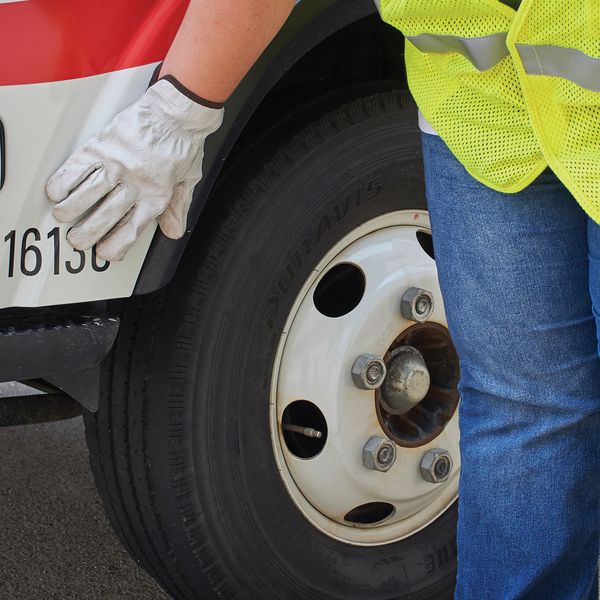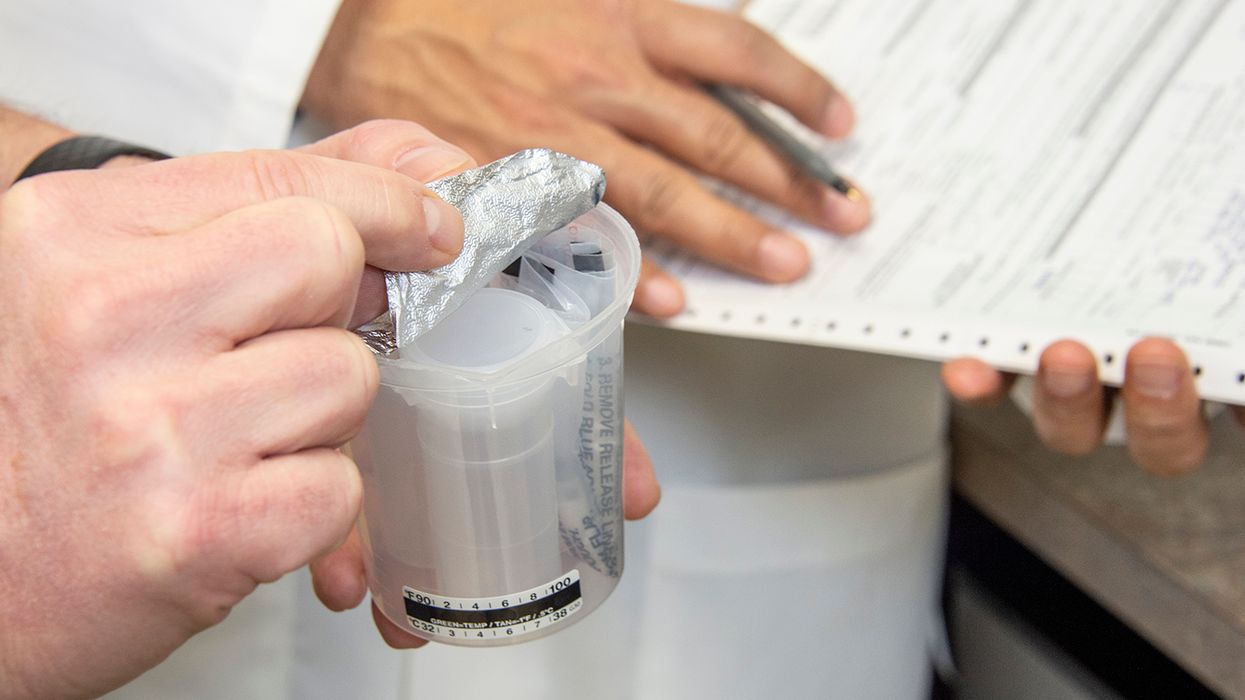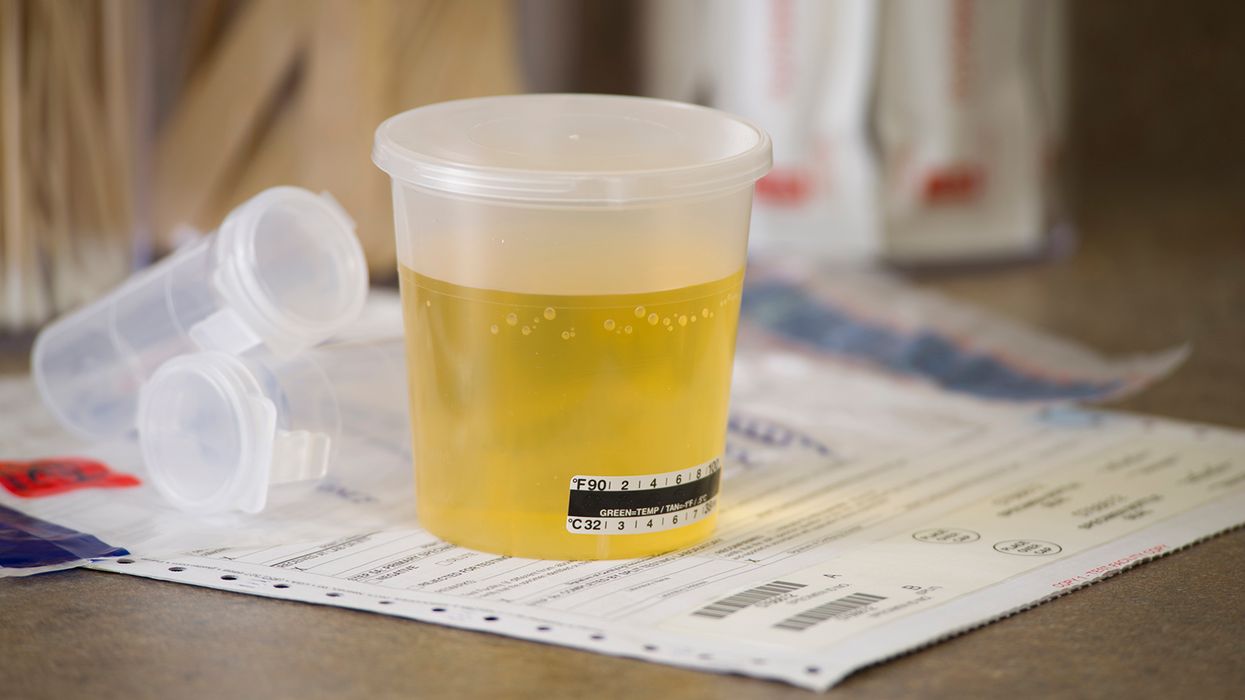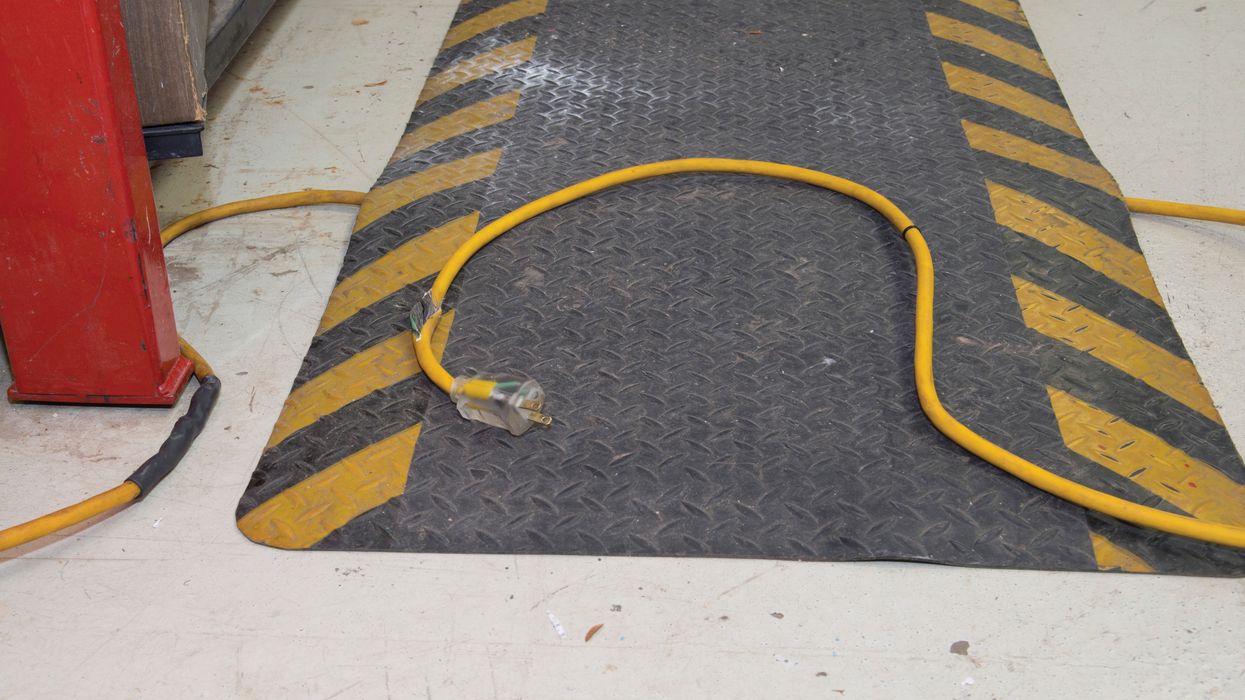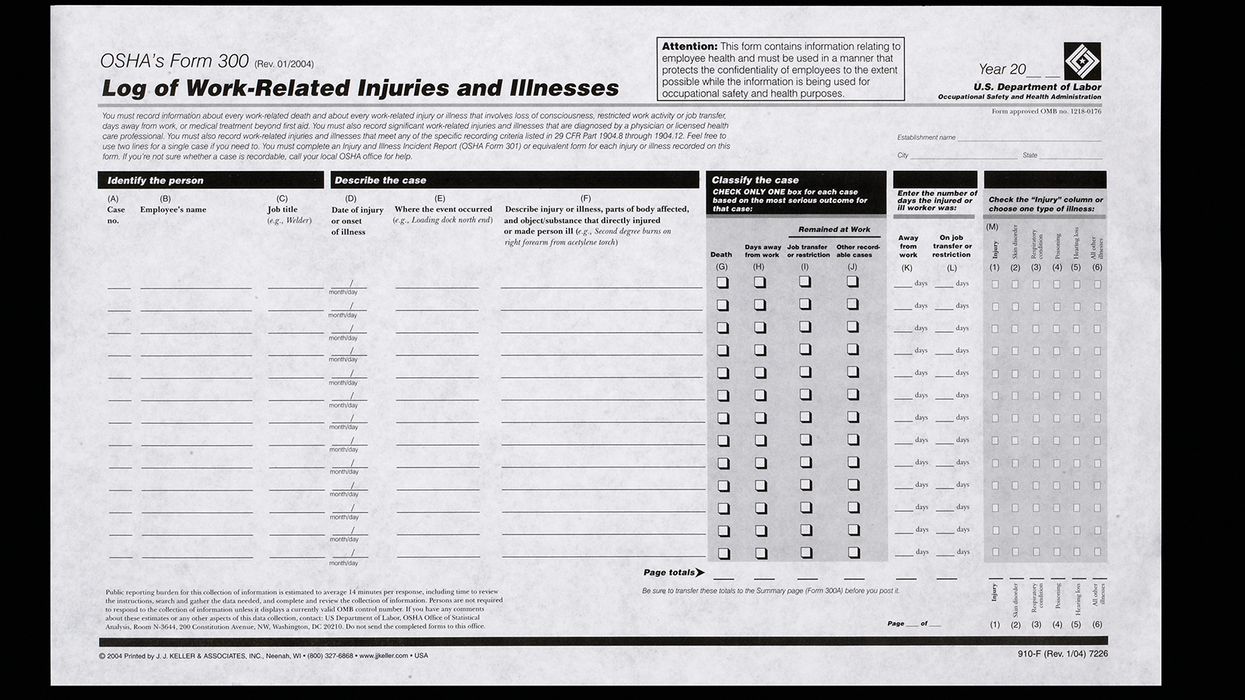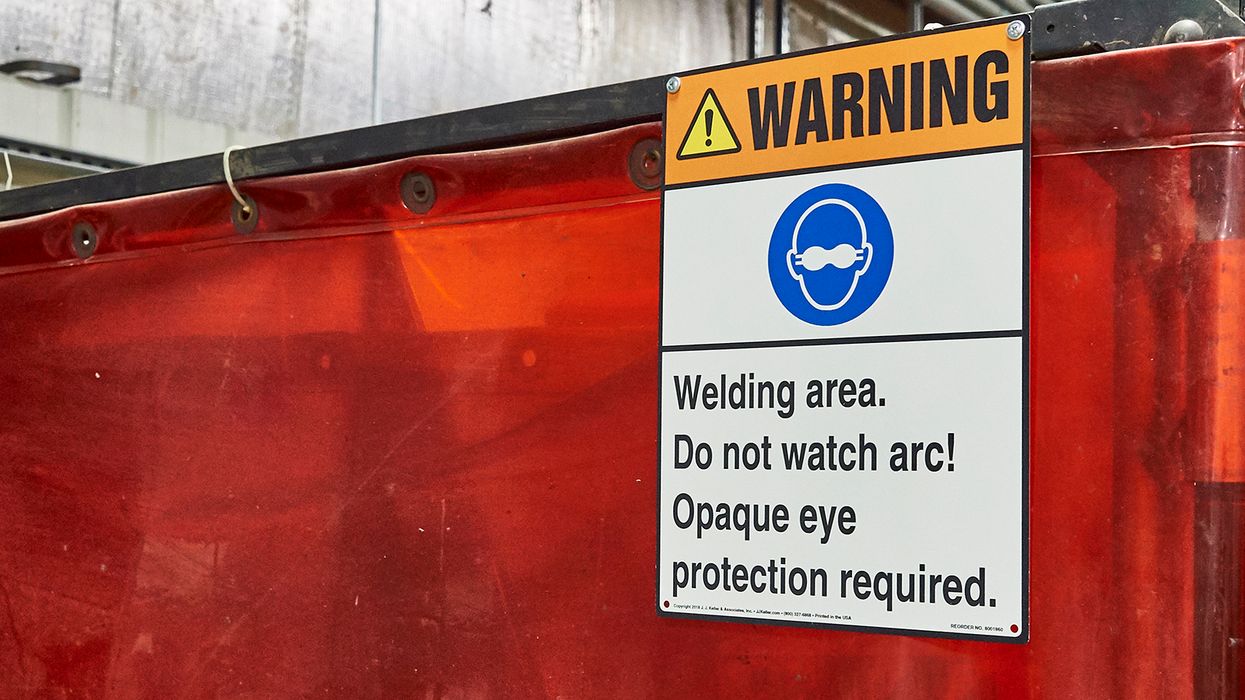The benefits of consolidating DOT numbers
For motor carriers managing multiple DOT numbers, consolidating those registrations into a single DOT number can help simplify regulatory and administrative functions.
Why consolidate?
Consolidating DOT numbers involves merging several active Department of Transportation (DOT) registrations under one single number. This action helps to streamline operations. Rather than juggling multiple registrations, carriers can manage their entire fleet under one identifier.
A single registration:
- Helps avoid regulatory red flags: Multiple DOT numbers can trigger “chameleon carrier” concerns from regulators. This term refers to carriers that appear to avoid compliance scrutiny by shifting operations between different registrations. Consolidation eliminates such red flags and fosters transparency with the Federal Motor Carrier Safety Administration (FMCSA).
- Streamlines compliance and safety tracking: Managing one DOT number simplifies tracking of safety metrics, compliance records, and audit preparation. It provides a consolidated view of operations, reducing errors and making regulatory interactions smoother.
- Reduces administrative overhead: Instead of maintaining several filings, reports, and updates, carriers only manage one set of paperwork. This decreases time spent on administrative tasks and reduces the risk of missed deadlines or inconsistent data.
Mergers, acquisitions, and DOT number management
In the context of mergers and acquisitions, carriers often inherit multiple DOT numbers. Typically, the acquiring company will operate under its existing DOT number while the acquired company’s DOT number is no longer needed. It’s essential to properly deactivate or consolidate these DOT numbers to avoid confusion and ensure compliance.
Leaving unused DOT numbers active after an acquisition can create compliance risks, including inaccurate safety data reporting and increased administrative burden. Deactivating or merging the acquired company’s DOT registration helps maintain a clean and accurate operational profile with the FMCSA, while also simplifying insurance and regulatory filings.
How to consolidate DOT numbers
The following three-step approach can assist when merging DOT registrations:
- Review all active DOT registrations: Identify all current active DOT numbers and evaluate which one will serve as the primary number after consolidation.
- File updates with FMCSA: Key filings must be updated to reflect the consolidation:
- Notify stakeholders and update internal systems: Inform insurance providers, customers, and internal departments about the consolidation. Update operational systems such as fleet management, dispatch, and compliance tracking tools.
Key to remember: Consolidating DOT numbers is a strategic move to reduce risk, simplify operations, and enhance safety oversight.





